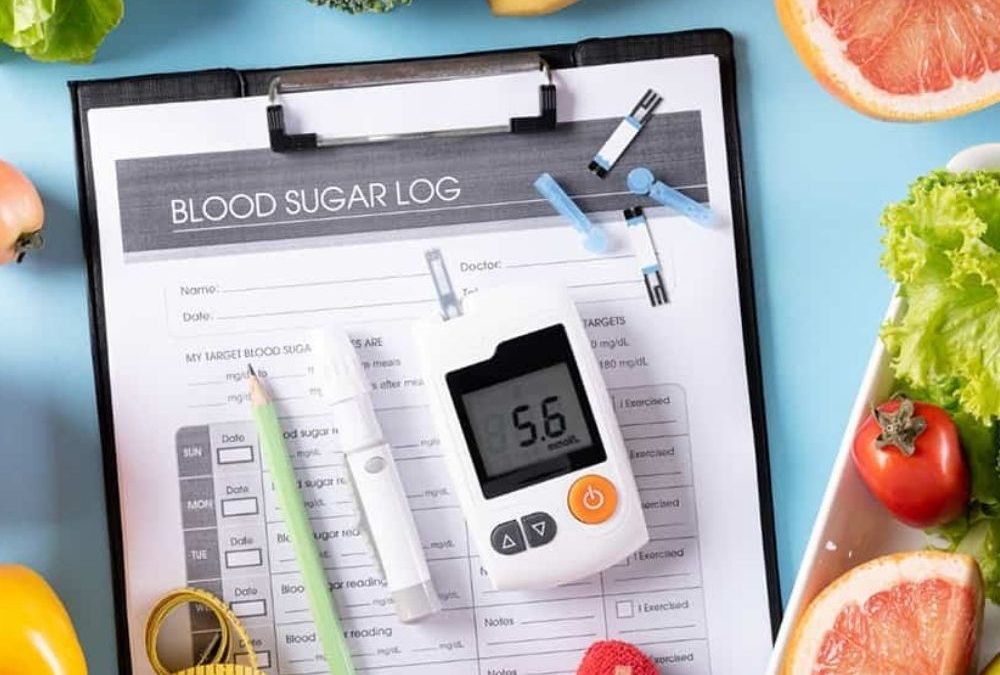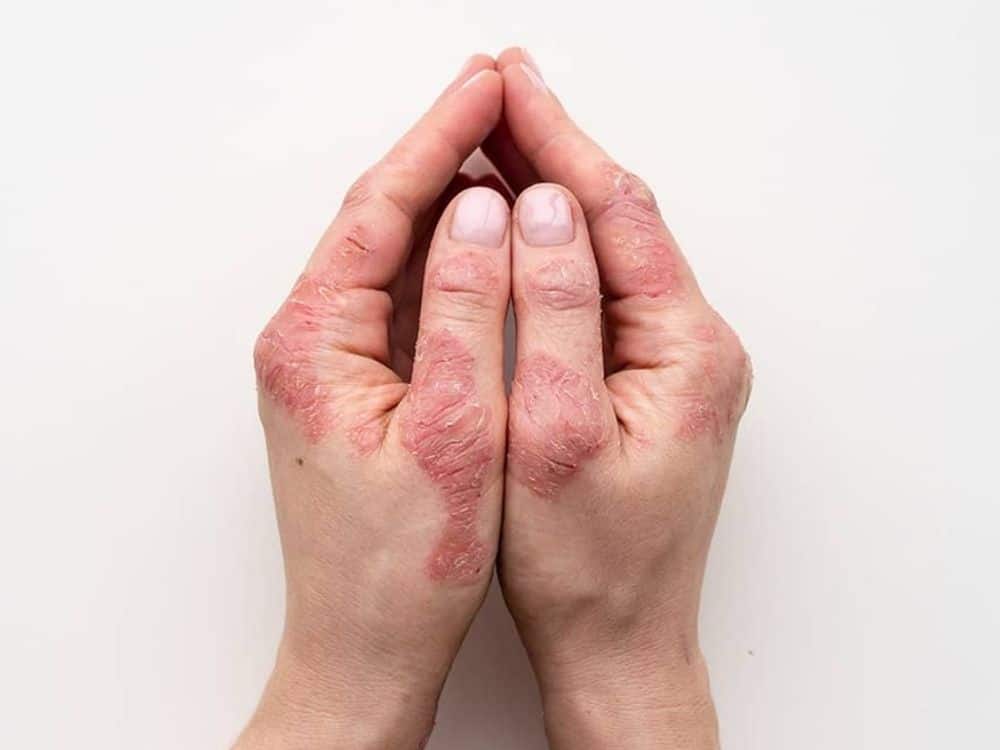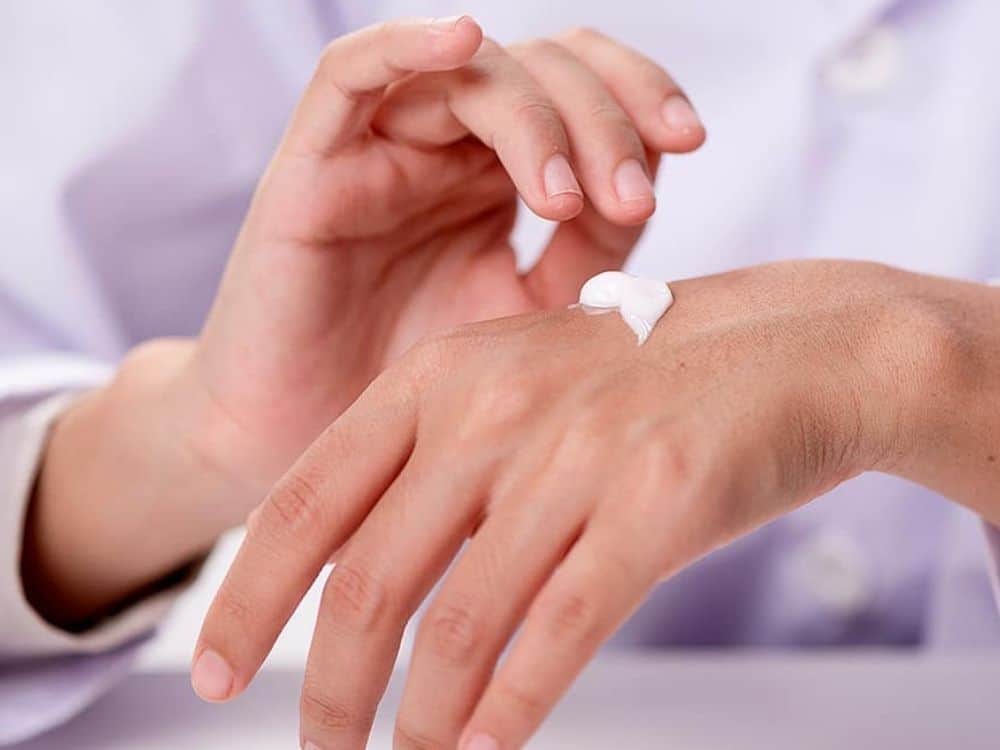Telecommuting can be both a relief from stress and a source of it. If you restructure your working day and make the most of working from home, you may end up feeling better about your job and having less mental health worries.
Create a Separate Work Environment
Trying to resist temptation and avoid distractions wears down your mental energy, which can make you feel more stressed at work. Take a look around your home workspace. What catches your eye? A cluttered desk, television, or nearby smartphone may be a constant source of distraction. Separate yourself from temptation as much as possible while working. This separation is crucial so that you can close the door to work, both figuratively and literally, after your workday is complete.
Eliminate Multitasking
Research shows that people who multitask more often are actually worse at it! If you’re trying to do multiple things at once, you may not be doing as good a job as you think you are.
Workers in one survey spent an average of 40% of their day multitasking by communicating with coworkers while trying to accomplish other tasks. Technology like Microsoft Teams and Slack makes it possible to work from home, but also provides another source of distraction. Studies have found that people who are regularly messaging while they work take longer to get things done. Try to avoid checking these apps while in the middle of a big project, or schedule time to catch up on messages once every couple of hours.
Work Smarter By Using Your Body’s Internal Clock
Different processes within the mind and the body follow a pattern called a circadian rhythm or a biological “clock.” At different times of day, things like alertness, digestion, and body temperature naturally change. You likely feel more energetic and focused during specific times. One study found that students were likely to get better grades during morning classes, while another found that test scores improved after lunch.
Try noting how you feel at different times each day, or track your activities with a time-tracking website or app. When you look back at what you accomplished over multiple days, you might see a pattern. What time of day do you usually get the most done? Try scheduling tasks that require a lot of focus during times of higher energy and productivity. Then, plan to check email or take meetings when your amount of focus is lower. If you seem to hit a slump at the same time each day, try taking a break right before you usually reach that point.
Stick to a Set Work Schedule
Does avoiding a daily commute mean you have more free time? Not always. A pre-pandemic study found that people who telecommute work an average of 3 hours more per week. During COVID-19, the length of the average workday increased further. More work may equal more stress.
Try to set consistent work hours each day. If possible, choose a start time and end time to your workday, and make sure to also schedule in some break periods to give your brain a chance to recharge. Sticking to a schedule can help give you a stronger sense of control.
One of the major reasons people have been working longer during the pandemic is that they spend more time on email. Try taking your work email off of your smartphone and only answering it during working hours. If you sometimes need to respond to email during the evening, designate one small block of time for checking your messages and stay out of your inbox for the rest of your non-working day.
Once your workday is done, it’s time to distract your brain. Try building a habit of doing a certain ritual once you’re finished each day. This can help signal to your brain that work is done and it’s time to switch gears. Engaging in a more passive activity like watching TV makes it easy for work-related thoughts to creep in. Instead, try activities that require your full attention. Picking up a new hobby, planning some social time with a loved one, or cooking a fun dinner can help you leave your work behind and fully enjoy your free time.
Move Your Body
Sitting all day is bad for your health. It increases risk of many different health problems, including high blood pressure, heart disease, diabetes, and certain types of cancer. Even if you regularly schedule exercise sessions outside of work, it doesn’t undo all of the damage of sitting down for the remainder of the day.
Make time for movement throughout the workday. Do a couple of stretches during a 5-minute break or take a 15-minute walk around the block. Try not to remain in your seat for large blocks of time. I often tell my patients to take a short break every hour if sitting at a computer. Your eyes will also thank you, since computer work causes strain to the eyes.
Get Some Sunlight
Going on a walk is a great step, but location matters too. Some studies have found that there is a difference between walking around in the city and spending time in nature. In a city setting, there is more chaos – honking cars and bright billboards are calling out for your attention. However, when you take a walk through a more natural setting, your brain gets a chance to reset and you can improve your ability to focus. Other research has found that walking through nature lowers anxiety levels and improves your mood. Find a park nearby to spend some time in, or schedule time on the weekends to immerse yourself in a natural environment.
Stay Socially Connected
Telecommuting often means that you’re spending a lot of the day on your own. Make sure you’re engaging in social time, both inside and outside of work. Take a bit of time during your workday to check in with coworkers. During work breaks, message a friend or family member. Outside of work, spend some quality time playing with your kids, or plan a visit or phone call to catch up with a loved one. Making time for social activities can boost your sense of belonging, improve self-esteem, and provide an outlet for giving and receiving support.
Balancing Responsibilities at Home
When you work from home, it may seem like it should be easier to keep up with your roles around the house, but the opposite is often the case. Work and home stress can easily bleed together, with one set of jobs distracting you from finishing the other.
Women are particularly facing difficulties in this area. 44% of women and only 14% of men say they are the only one in their household with childcare duties. Women are also more likely to feel under pressure, exhausted, or burned out at work. Overall, many parents are finding it very difficult to work from home while also overseeing their children’s online schooling.
Work with your family or housemates to find a solution that works for everyone. Try to lessen the amount that you multitask by setting up a schedule with your spouse to divide childcare or pet-related responsibilities. Make sure you’re devoting some time to the kids, but also set aside time where you’re only thinking about work. Have your spouse or another family member keep an eye on the kids, even if just for an hour or two. Try to set boundaries to protect this time – it’s okay to say “no” sometimes.
Remember That This is Temporary
Yes, remote workers have reported higher levels of stress during the pandemic – but so have on-site workers. A great deal of the stress that people are feeling right now is not just due to working conditions. Living through a global pandemic has meant that many of us are dealing with health concerns, isolation from loved ones, financial difficulties, and new routines. These other factors all add to our stress levels, making working from home seem especially difficult right now. It’s possible that once the number of COVID-19 infections drops and regulations are lifted, some of these other stressors may improve. Working from home may become more enjoyable once the effects of the pandemic lessen.
Know When to Ask For Help
Long-term stress can easily turn into more serious mental health problems. If you are constantly feeling overwhelmed or are experiencing symptoms of anxiety and depression, talking to a healthcare professional may help. Bring up these feelings at your next appointment with your primary care provider, or seek out a psychiatrist, therapist, or counselor. Many different websites and apps now also offer virtual counseling sessions. Talking to a professional can help you further learn how to manage stress and improve mental health.
Conclusion
Despite the possibility of added stress, most people like to work from home at least some of the time. In one recent survey, nearly 3 out of 4 people said that in the future, they hoped to be able to split their time between working at home and working in the office.
There are many strategies that can help you lessen stress while remote working. Even though you may have been working from home for over a year now, it’s possible that you still haven’t found a good routine or an effective work-life balance. Continuing to use trial and error to find potential solutions may help you protect your mental health.
If you would like a physical check-up please make an appointment with Dr. Connor.

































